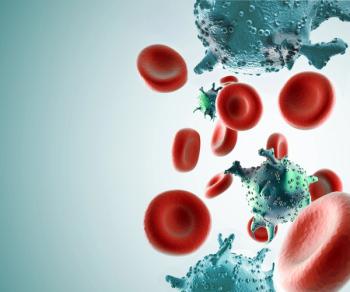
Viability of Breast Conservation Therapy Gives Patients ‘More of a Choice,’ Says Expert
Judy C. Boughey, MD, of Mayo Clinic in Rochester, Minnesota indicated that breast conservation therapy, if it can be proven as a reasonable option for patients with multiple ipsilateral breast cancer, could offer patients more choice in treatment.
Demonstrating breast conservation surgery as a reasonable option for patients with multiple ipsilateral breast cancer may give women more of a choice in terms of treatment, according to Judy C. Boughey, MD.
During the
As such, Boughey and her colleagues aimed to assess the efficacy of breast conservation therapy as part of the phase 2 ACOSOG Z11102 (NCT01556243).
Transcript:
Women who have multiple ipsilateral breast cancer are often recommended for mastectomy. And this is based off the literature that historically showed a high rate of local recurrence in the breast; patients were treated with breast conservation if they had more than one foci of disease in the breast.
However, some more recent contemporary single institution studies have been reassuring and showing some lower local recurrence rates with the use of breast conserving surgery in patients with multiple ipsilateral breast cancer. We thought that this was an important question to ask for our patients in a prospective clinical trial.
We're seeing more and more patients who are being worked up for breast cancer and then being diagnosed with multiple foci of disease in the breast [due to] advances in screening, increased use of screening, and improvements in not only the screening modalities, but also diagnostic modalities, as well as the use of MRI.
With more use of MRI, you've got a higher likelihood of finding a second small foci elsewhere in the breast, [which] then at times commits the patient to require a mastectomy. If we could show that breast conservation surgery was a reasonable option for these women, then these women would have more of a choice.
Reference
Boughey JC, Rosenkranz KM, Ballman KV, et al. Impact of breast conservation therapy on local recurrence in patients with multiple ipsilateral breast cancer – results from ACOSOG Z11102 (Alliance). Presented at the 2022 San Antonio Breast Cancer Symposium; December 6-10, 2022; San Antonio, TX; abstract GS4-01.
Newsletter
Stay up to date on recent advances in the multidisciplinary approach to cancer.

















































































